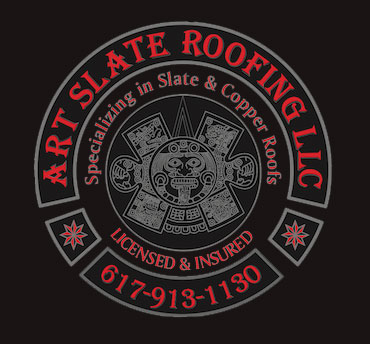If your home or property is constructed from stone or brick and it was built more than 70 years old, you’ll probably notice that the mortar between the joints is not as stable as it used to be.
Flaking, crumbling and long cracks in the mortar or brick are all indications that the structural integrity of the original mortar may be compromised. At the least, the aesthetic quality of the mortar should be reason enough to consider re-pointing.
It is a fact of life that brickwork deteriorates. It is inevitable that bricks spall, crack, flake and mortar loose its strength.
Comprehensive masonry services
- Chimneys, relining and repositioning
- Creative masonry design
- Stone walls and patios
- Walkways and granite steps
- Blue Stone work
- French drains
What is chimney flashing?
Your best defense for extreme weather is to make sure your chimney flashing is solid and secure. Chimney flashing is what seals the space between your roof and your chimney. High quality chimney flashing is critical because it keeps rain and the water from melting snow from leaking into your house. The corners of your chimney are particular trouble spots. Unmonitored, these leaks can result in significant damage to the ceilings and walls of your home.
Today most builders use lead to flash their chimneys, because it’s easy to work with and masons are used to installing it. But lead has its share of drawbacks: Folded corners create bulges that you have to work around, and the seams rely on caulking for a seal. Also, lead can tear at the worst possible moment — when you’re gently hammering it into shape, or during a re-roof because it’s worn thin from corrosion. When that happens, the best option is to start over, but it’s more common for the roofer to break out the caulking gun.
For these reasons, our team still relies exclusively on copper flashing. Soldered copper provides a long-lasting seamless barrier against water entry, plus it looks great.
Prevent water damage
Art Slate Roofing Inc. gets more calls about leaks around chimneys than about any other problem. And more often than not, the culprit is the flashing — the sheet metal that keeps the intersection between the chimney and roof watertight.
Proper flashing around a chimney includes two layers. The first is called step flashing: Sections of L-shaped sheet metal are woven into the slate or shingles courses and lapped up the side of the chimney. Next comes the counter flashing: A second layer of metal is embedded in the chimney mortar joints and folded down to cover the top of the step flashing. The corners are especially vulnerable. We cut and bend the metal around the corner and soldered for a watertight connection. Copper is the longest-lived, but no matter which material is used, it must be layered correctly if water is to be kept out.
When the chimney is at the bottom of a roof slope, we always install a cricket, a small diversion roof that prevents water from pounding the up-roof part of the chimney. We frame and sheathe crickets just like the rest of the roof, and then completely cover them with a copper panels.
Because chimneys are such a potential trouble spot, inspect them once every year or two for loose or missing flashing and cracks in the masonry. Small cracks can be sealed with caulk designed to repair masonry. I also recommend that my customers waterproof their brick chimneys every few years with a silicone-based sealer that can be applied with a garden sprayer. Not all builders agree, but this is a great way to keep water from seeping into the brick.
You’ll love our dedication to outstanding service for each client on every project.
